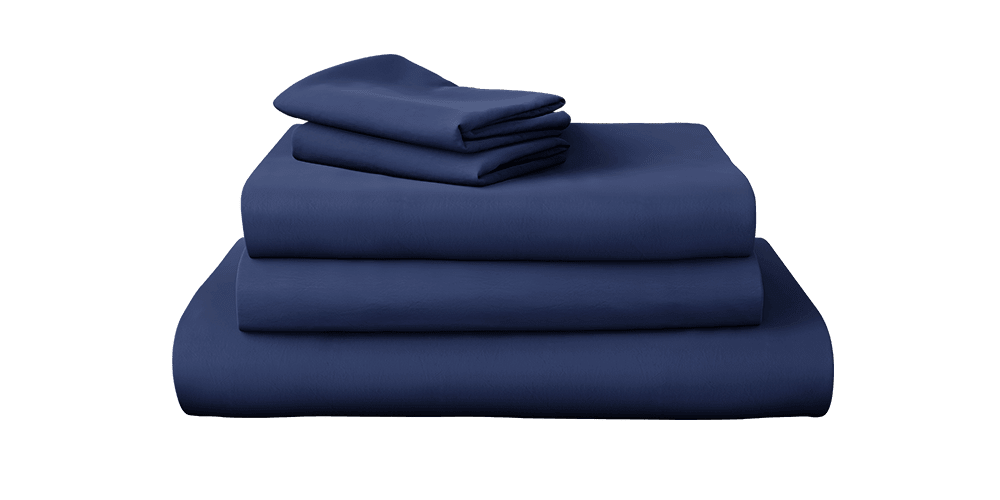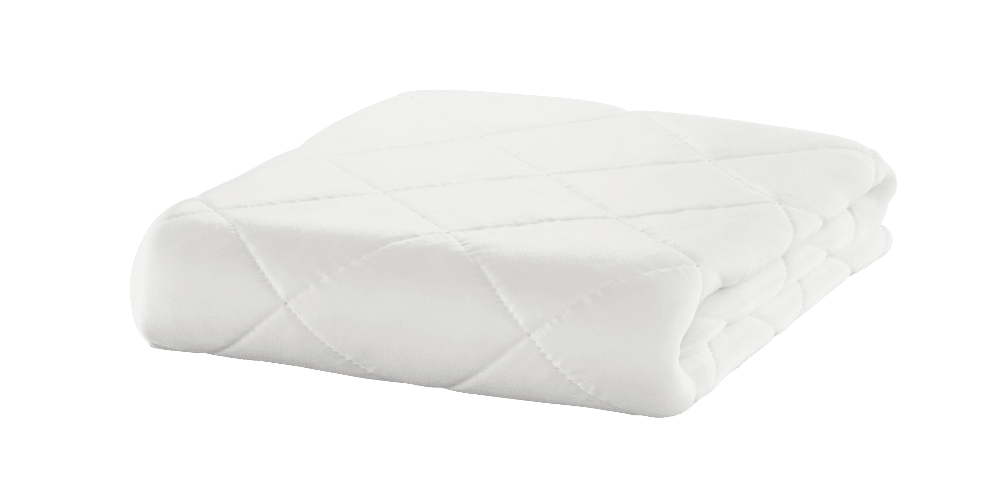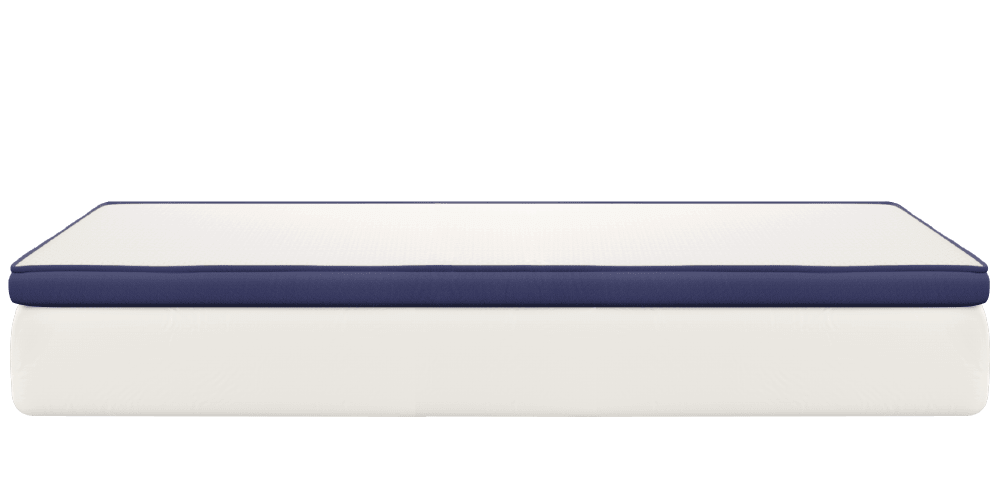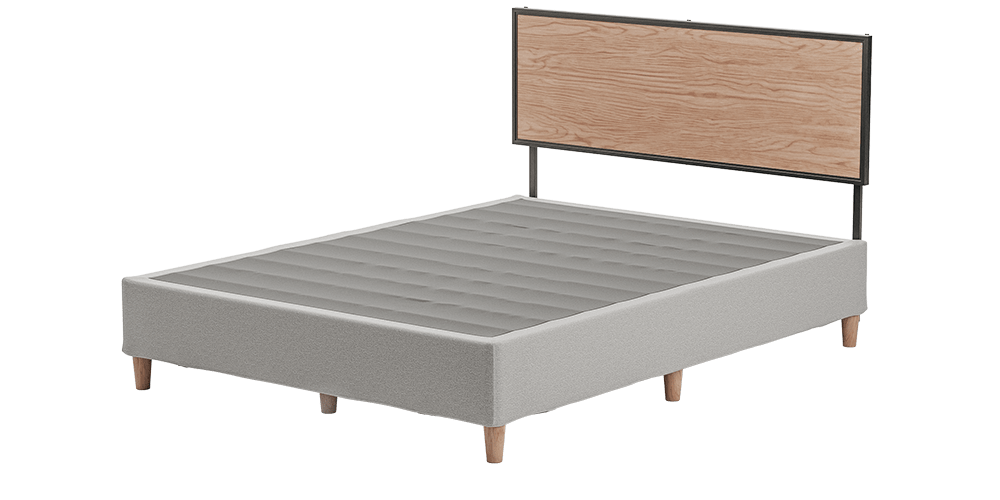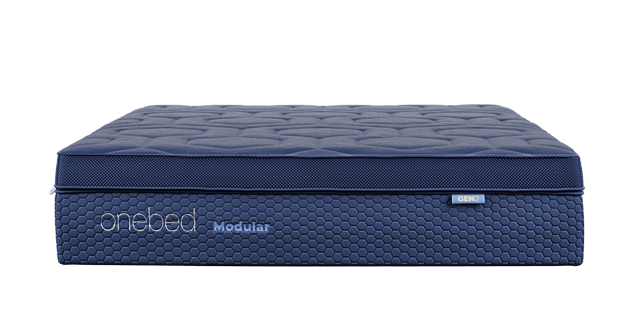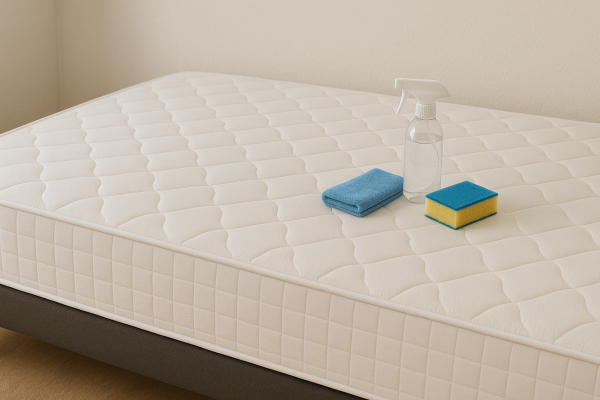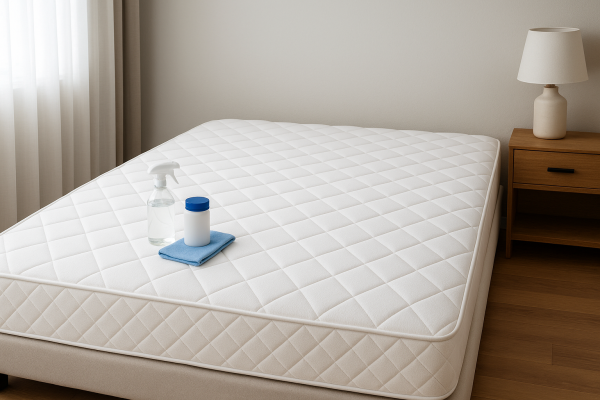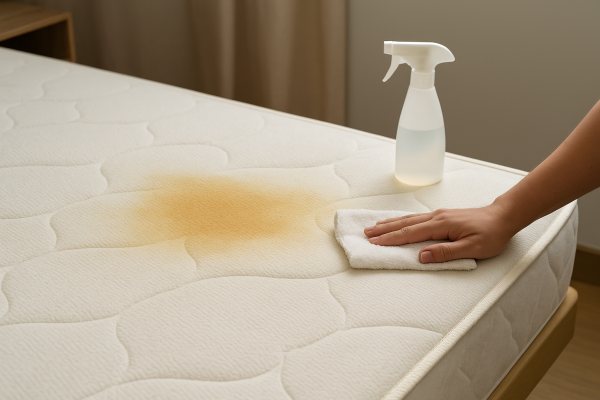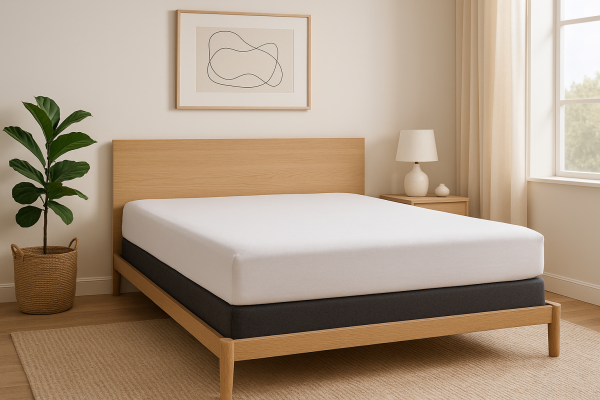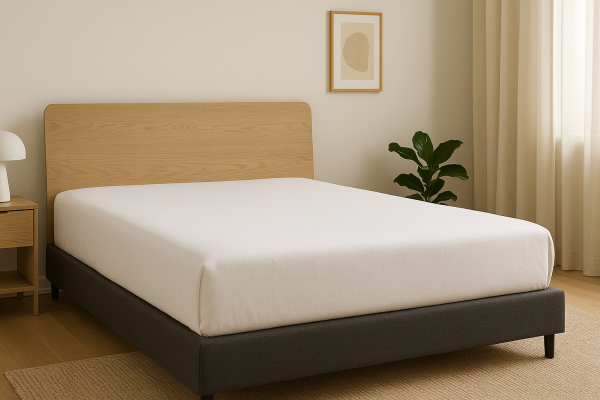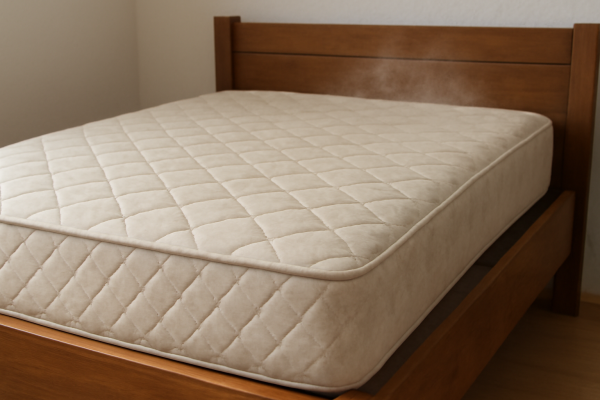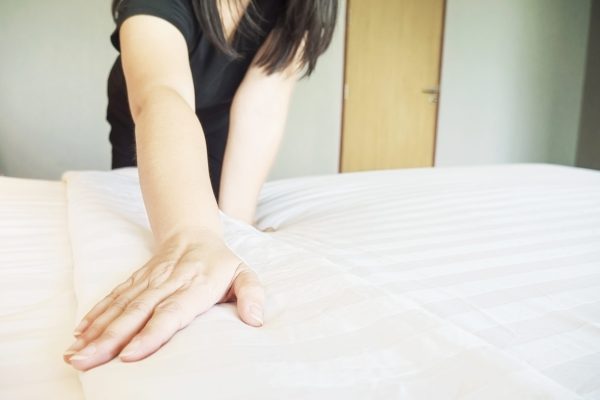When it comes to choosing a mattress that ensures restful sleep and supports your spine, lifespan is a key factor. Here’s a quick rundown of how long you can expect different types of mattresses to last:
- Innerspring: Typically lasts 6–8 years, depending on coil gauge and usage.
- Memory Foam: Lasts around 7–10 years for high-density options, with a focus on contour and durability.
- Latex: Known for longevity, natural latex can last 10–15 years or more, making it one of the longest-lasting options.
- Hybrid: Generally lasts 7–10 years, combining coil support with foam comfort layers.
Each type has its strengths and optimal lifespan, but factors like quality, usage, and maintenance play significant roles in extending a mattress’s durability. In the next sections, we’ll explore each type in detail, factors that impact longevity, and how to choose a mattress best suited for Australian conditions.
Mattress Lifespan by Type: How Long Should a Mattress Last?
Innerspring Mattresses
Innerspring mattresses use metal coils for support and tend to last around 6–8 years. The durability largely depends on the coil gauge (thickness) and coil count. Thicker coils (low gauge) offer firmer support and are less prone to sagging. High-quality innerspring mattresses may also use zoned support, reinforcing areas under higher pressure (like the hips and shoulders), which can help extend their lifespan. However, constant weight and movement on these mattresses can lead to coil compression, causing sagging and decreased support over time.
Memory Foam Mattresses
Memory foam provides contouring support, especially popular among side sleepers, and generally lasts 7–10 years. However, the longevity of memory foam depends on its density. For individuals seeking a balance between space efficiency and comfort, a King Single Mattress paired with high-density memory foam can offer enhanced durability and a comfortable sleep experience. High-density foam is more durable, providing consistent support and reducing the likelihood of sagging. Low-density foam, on the other hand, tends to soften faster, especially in warm or humid climates. If you’re wondering, “how long do memory foam mattresses last?” the answer is that with proper care, high-density foam options can be reliable for around a decade.
Latex Mattresses
Known for their exceptional durability, natural latex mattresses last 10–15 years or more, with synthetic latex typically on the lower end of that range. Natural latex is not only eco-friendly but also highly resilient, making it a long-term investment. Additionally, latex mattresses are hypoallergenic, resistant to dust mites, and breathable, which is ideal for Australian climates, especially in humid regions where mould is a concern. If you’re asking, “how long does a latex mattress last?” natural latex is among the longest-lasting options, especially with regular care.
Hybrid Mattresses
Hybrid mattresses combine foam layers with innerspring coils, offering balanced support and comfort. They generally last 7–10 years, but quality and longevity vary depending on the thickness and density of the comfort layers and the durability of the coils. Look for hybrid mattresses with high-density foam layers and a high coil count to reduce sagging. Reinforced edge support is another feature that can enhance durability, especially for couples or those who sit on the edge of the bed frequently.
With the right care and attention, each type of mattress can meet or exceed its typical lifespan, so it’s worth investing in high-quality materials from the outset.
Key Factors That Affect the Lifespan of a Mattress
The average lifespan of a mattress can vary greatly based on several factors. In Australia, climate and lifestyle factors, along with material quality, maintenance habits, and personal sleep needs, play a critical role.
Climate Considerations in Australia
Australia’s unique climate, ranging from the tropical north to cooler southern regions, can significantly impact how long a mattress lasts:
- Warm, Humid Regions: Northern areas, including Queensland and the Northern Territory, experience high humidity levels, which can encourage the growth of mould and dust mites. Mattresses with breathable materials, such as natural latex or gel-infused memory foam, are ideal as they wick away moisture and maintain a cooler temperature. If you live in a humid region, investing in moisture-resistant materials can prolong your mattress’s lifespan and improve sleep quality.
- Cooler, Drier Regions: In southern parts of Australia, like Victoria and Tasmania, cooler and drier climates are more common. For these regions, memory foam can be a good option as it retains warmth and provides excellent pressure relief. However, low humidity can lead to increased dust and allergen buildup. Regular vacuuming and using a dust-resistant mattress protector help prevent allergens from accumulating, which is essential for maintaining mattress hygiene and extending its life.
Usage Patterns and Maintenance Habits
How long should you keep a mattress? The way you use and care for your mattress is one of the biggest factors affecting its lifespan. Here are essential maintenance tips to maximise durability:
- Rotating and Flipping: For single-sided mattresses, rotating them every three months helps distribute wear and avoid permanent sagging in high-pressure areas. For double-sided mattresses, flipping every six months can further extend their lifespan, allowing both sides to wear evenly over time.
- Cleaning and Ventilation: Dust, sweat, and allergens accumulate over time, reducing hygiene and comfort. Regularly vacuuming your mattress surface and airing it out on sunny days (once or twice a year) can prevent moisture buildup, especially in humid climates. Sunlight naturally disinfects and helps eliminate odours, while vacuuming removes allergens like dust and pet dander.
- Mattress Protectors and Toppers: A waterproof mattress protector guards against spills, sweat, and allergens, which can seep into the mattress and lead to premature wear. Additionally, a mattress topper can absorb some of the daily wear and tear, preserving the integrity of the mattress underneath. Toppers can also add an extra comfort layer, especially if you’re using a firm mattress.
Body Weight and Sleep Position
Body weight and preferred sleep position play an essential role in how long a mattress will retain its supportiveness and comfort. Heavier individuals tend to place more pressure on the mattress, which may lead to quicker sagging, particularly in softer models. Firmer mattresses or those with zoned support are ideal for heavier sleepers, as they offer better resilience and prevent premature dipping in high-pressure areas like the hips and shoulders.
Side sleepers often benefit from softer mattresses that cushion the hips and shoulders but may notice more visible impressions over time. Back and stomach sleepers, however, may prefer firmer mattresses to maintain spinal alignment, which tends to increase longevity as firmer mattresses resist sagging better.
Signs It’s Time… to Replace Your Mattress
No mattress lasts forever, and eventually, signs of wear and reduced comfort levels become evident. Here’s what to look out for to know when it’s time to replace your mattress:
- Sagging and Indentations: Over time, mattresses, especially those made of foam, develop dips and impressions, particularly in areas where you exert the most pressure. If your mattress has noticeable dips or no longer provides balanced support, it’s a strong indication that a replacement is needed. How long should a mattress last before sagging? While quality mattresses may resist sagging for at least seven years, factors like body weight, material density, and maintenance can affect this timeframe.
- Increased Allergies: Dust mites and allergens accumulate within the mattress fibres over the years, especially if it’s not regularly cleaned or aired. If you find yourself waking up with sneezing, coughing, or other allergy symptoms, it could mean your mattress is harbouring allergens and no longer providing a healthy sleep surface.
- Discomfort and Pain: Persistent aches, especially in the lower back, neck, or shoulders, may signal that your mattress isn’t offering the necessary support. If you notice stiffness or pain upon waking, it’s likely time for a new mattress that better supports spinal alignment and pressure points.
- Age: Even with good maintenance, most mattresses will degrade after about 7–10 years. The materials naturally break down, impacting comfort and support levels. If your mattress is approaching or exceeding this age and no longer feels comfortable, it’s likely time to consider an upgrade.
FAQs: Common Questions on Mattress Lifespan
1. How long should a mattress last before sagging?
A quality mattress should ideally retain its shape and resist sagging for at least seven years. However, body weight, material density, and maintenance habits can influence this.
2. Should I replace my 20-year-old mattress?
Yes, even if a mattress shows no visible wear, 20 years is well beyond the lifespan for most types. Older mattresses can harbour allergens and bacteria that impact health, and materials tend to lose their supportive qualities. Newer mattress technologies are designed to improve comfort and hygiene, making a replacement a wise choice after this many years.
3. How long do memory foam mattresses last?
Memory foam mattresses generally provide support for around 7–10 years, with high-density foam models lasting longer. Lower-density foams may start to sag sooner, particularly if used in warmer climates where foam softens over time.
4. How long does a latex mattress last?
Latex mattresses are among the longest-lasting, with natural latex models providing 10–15 years of comfort. Their durability is enhanced by their resistance to allergens, making them a great choice for Australian climates, particularly in humid areas.
5. How long should you keep a mattress?
Ideally, you should consider replacing your mattress every 7–10 years, but its longevity depends on factors such as material quality, maintenance, and personal comfort preferences.
Choosing a Mattress That Stands the Test of Time
Investing in a quality mattress can significantly improve sleep quality and mattress lifespan. Onebed offers a range of high-quality hybrid and memory foam mattresses tailored to Australian climates and sleep preferences. With enhanced edge support, breathable materials, and durable construction, Onebed mattresses are designed to maintain their comfort and shape for years. Plus, the generous trial period allows you to test the mattress at home, ensuring it’s the perfect fit for your sleep needs before making a long-term commitment.
By selecting the right type, considering Australia’s climate, and following regular maintenance practices, you can enjoy a comfortable and supportive mattress for years to come.





